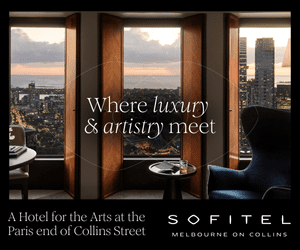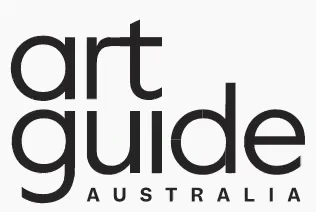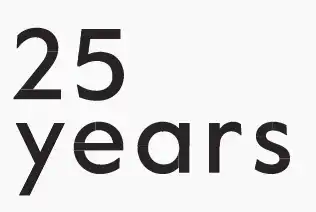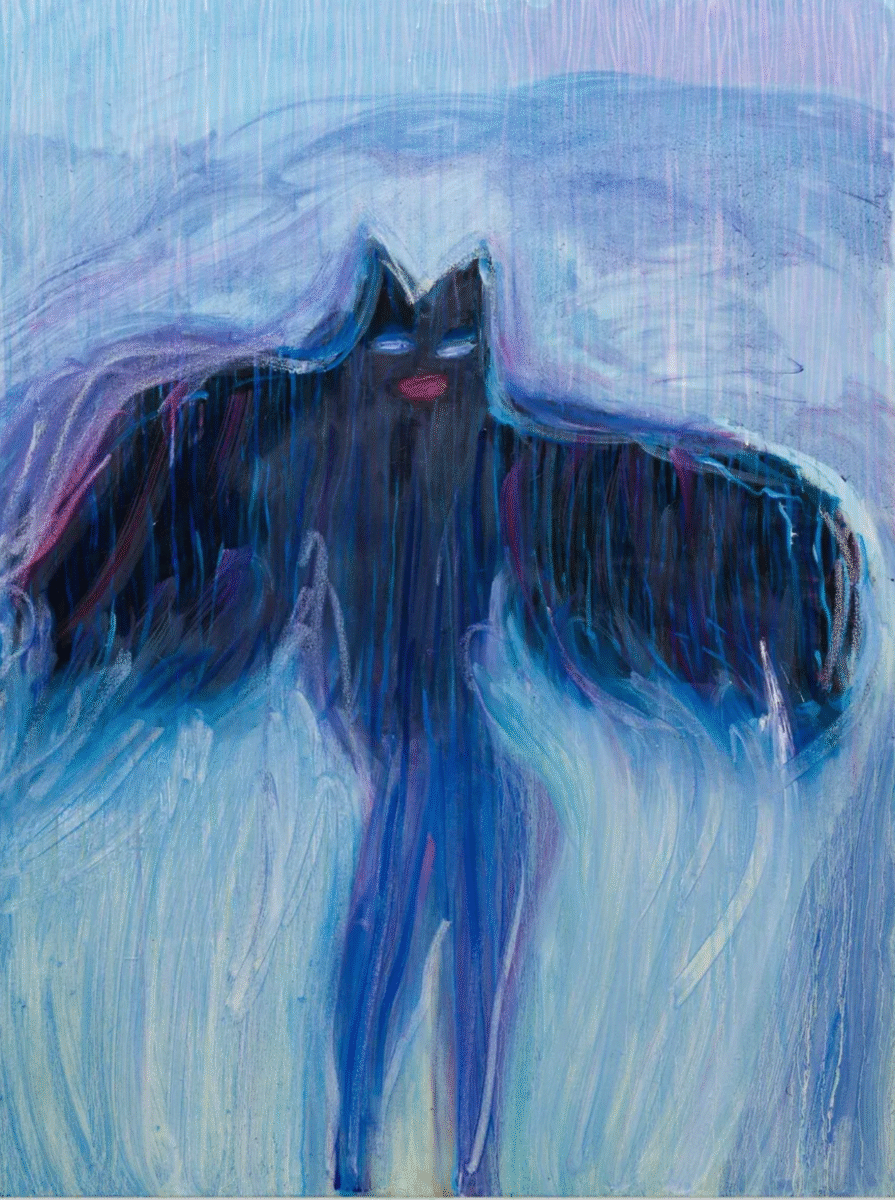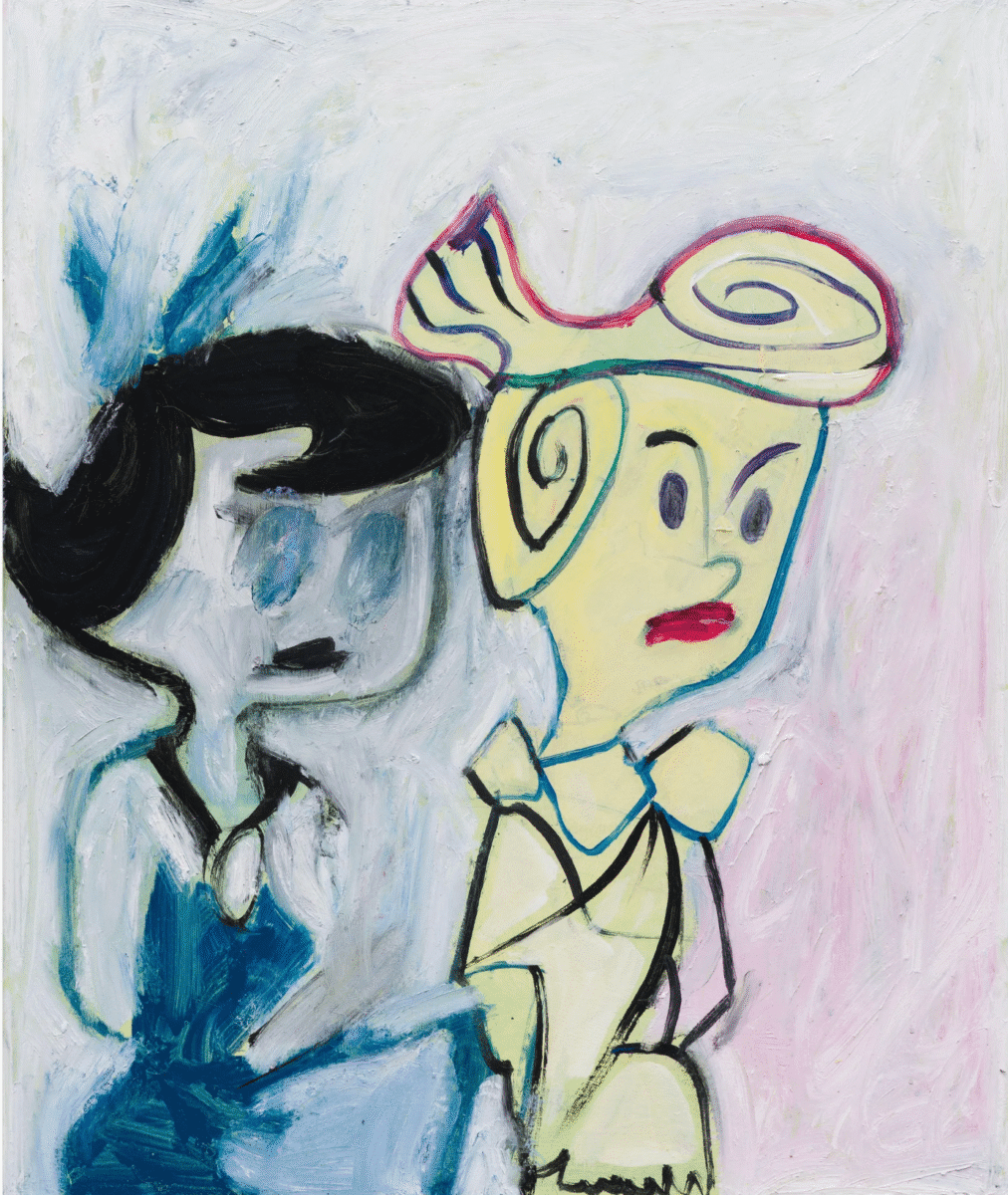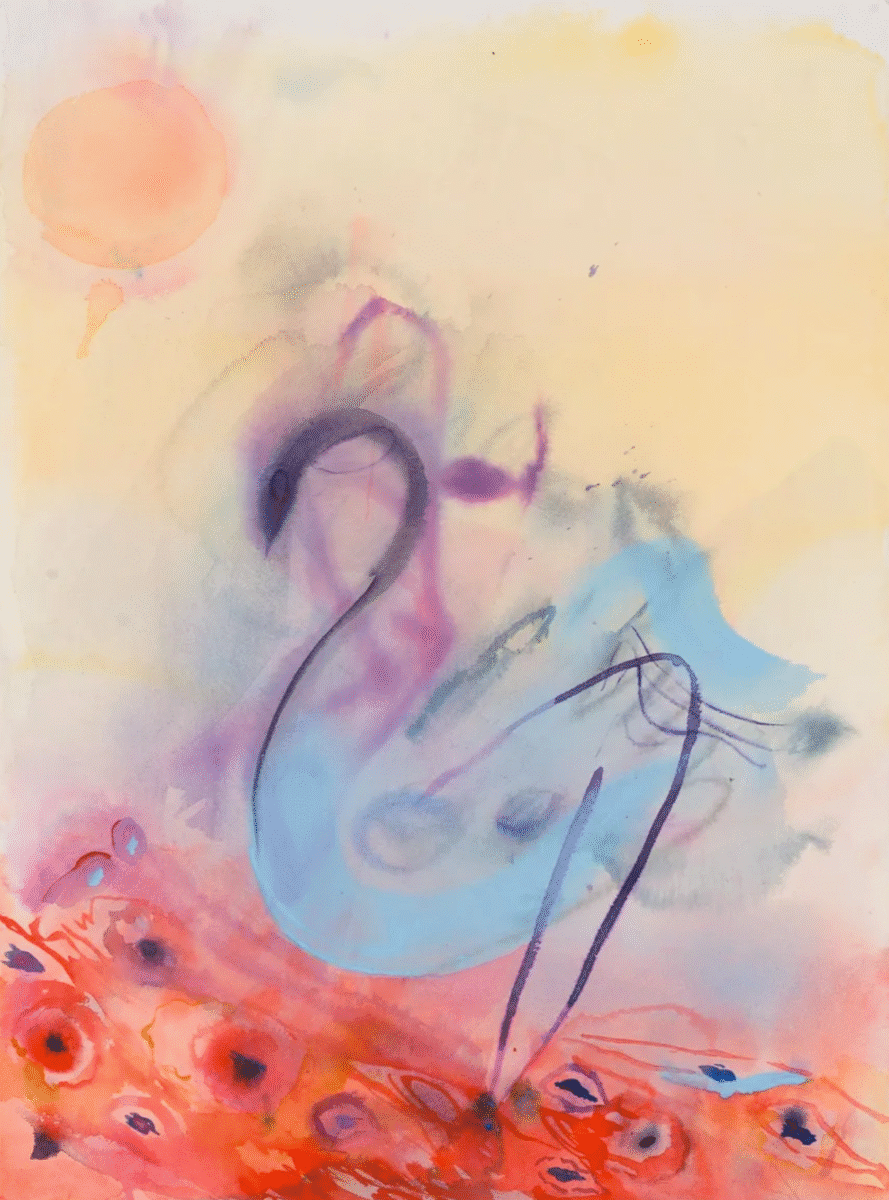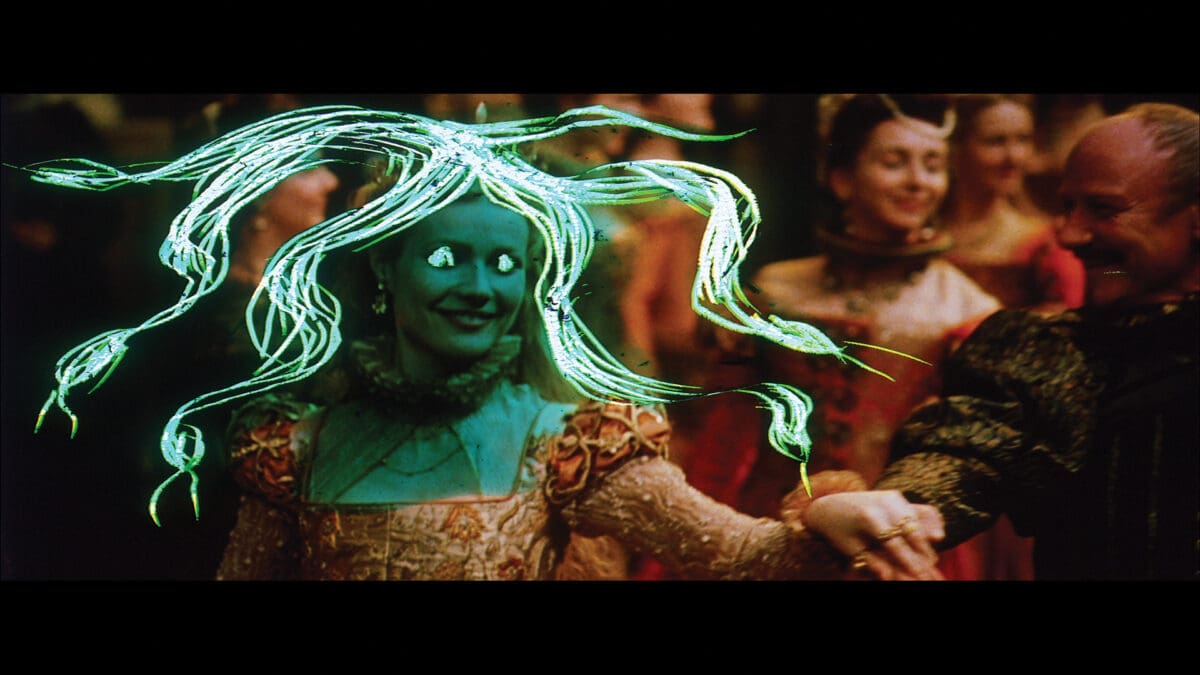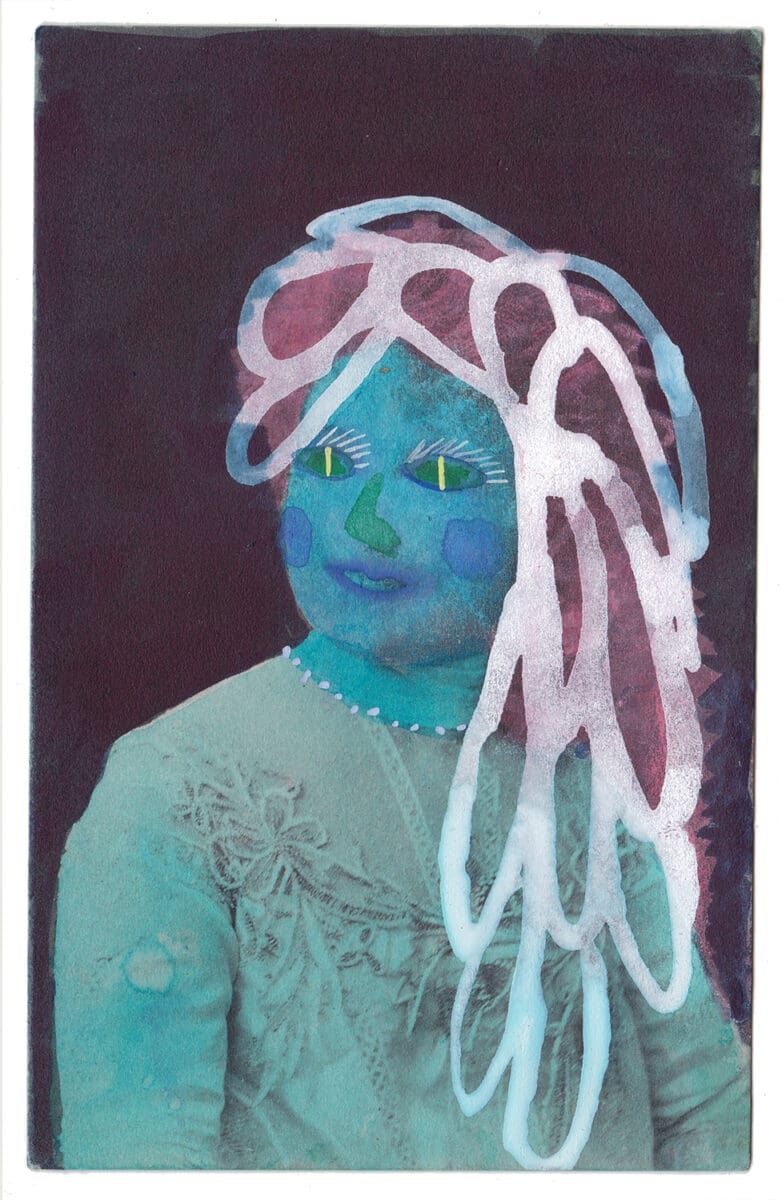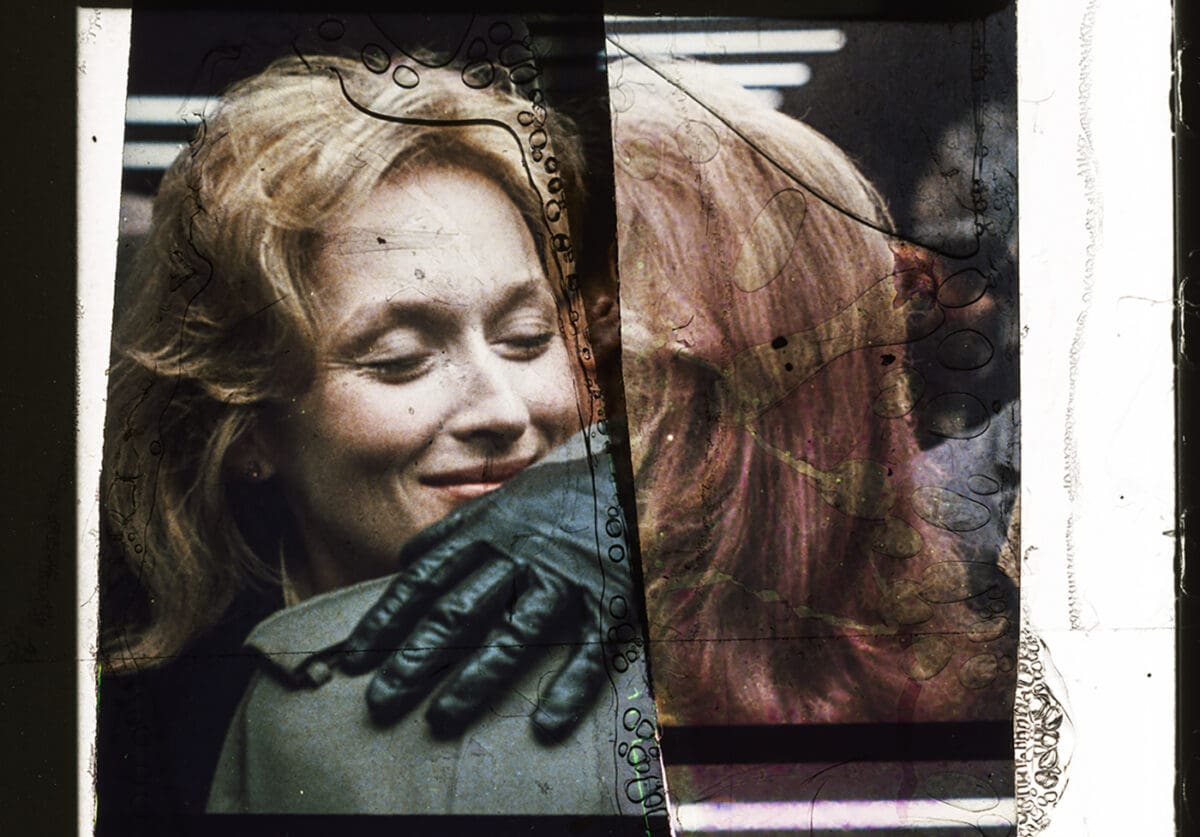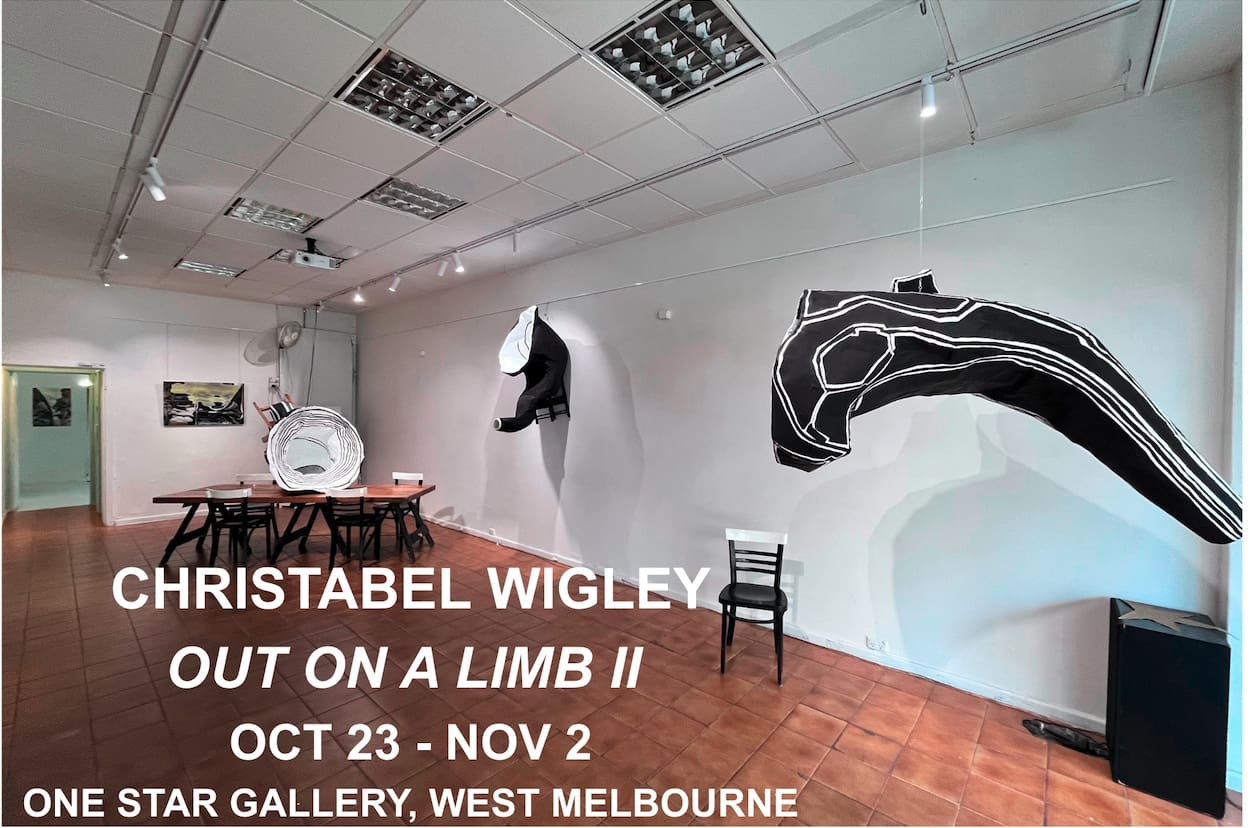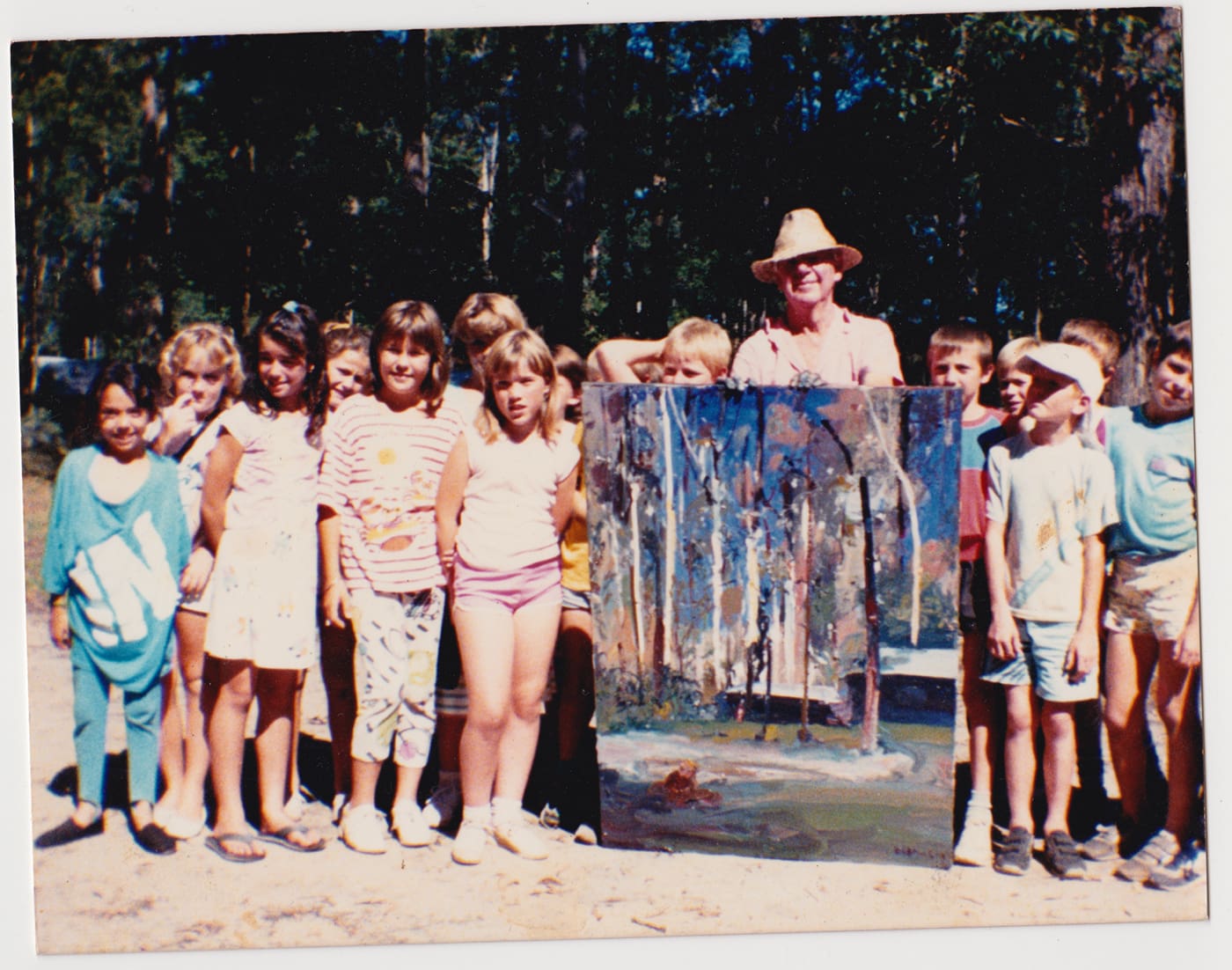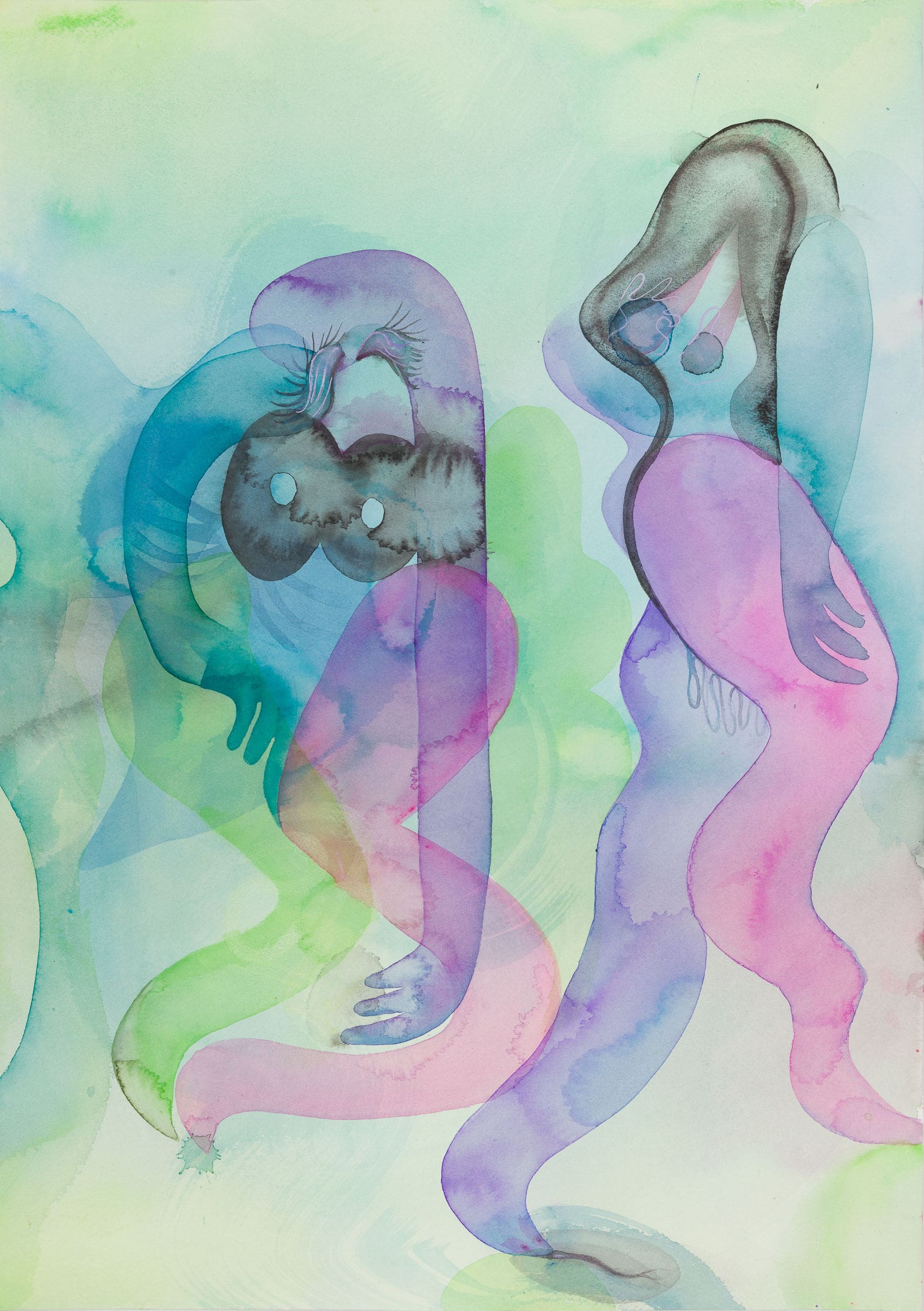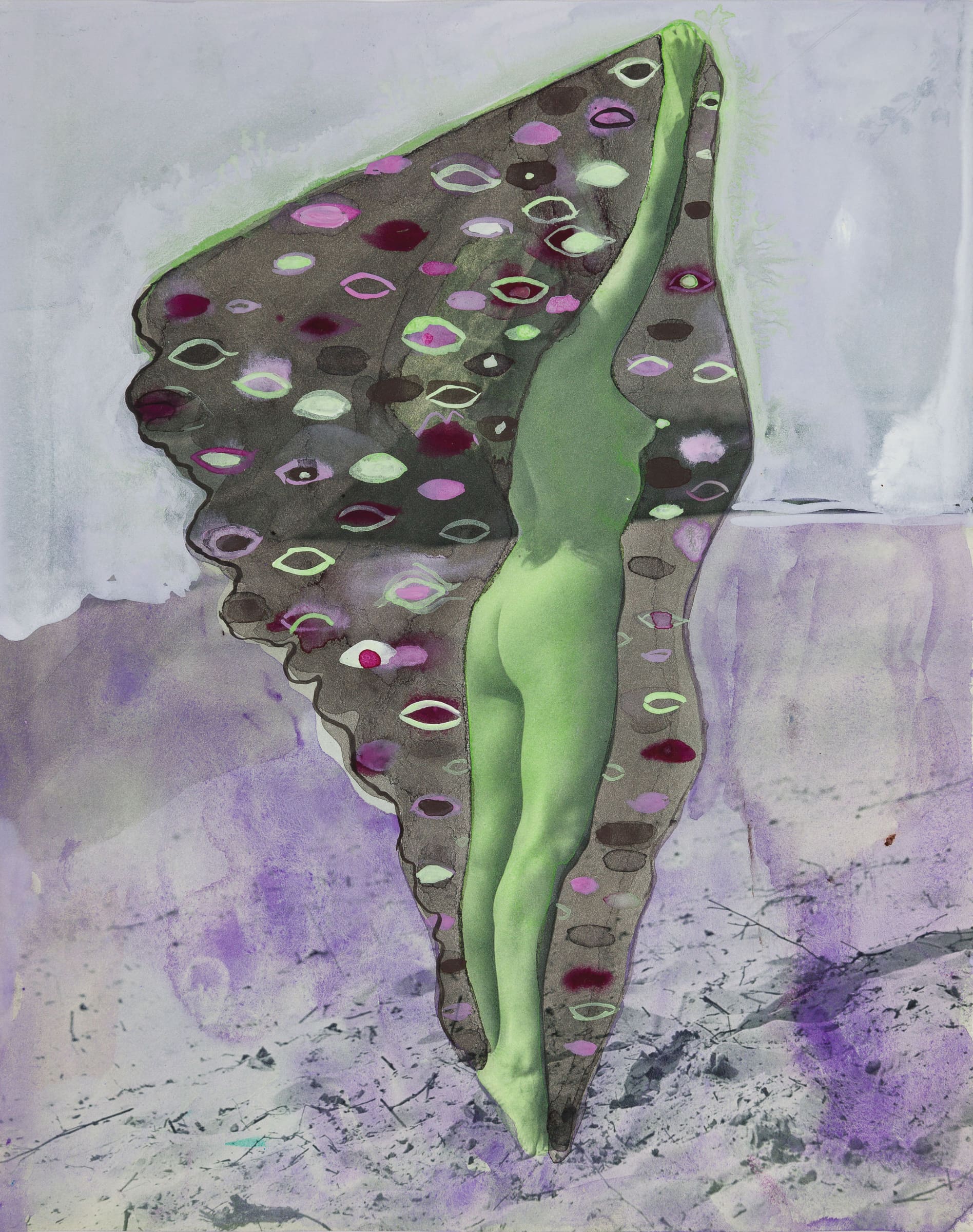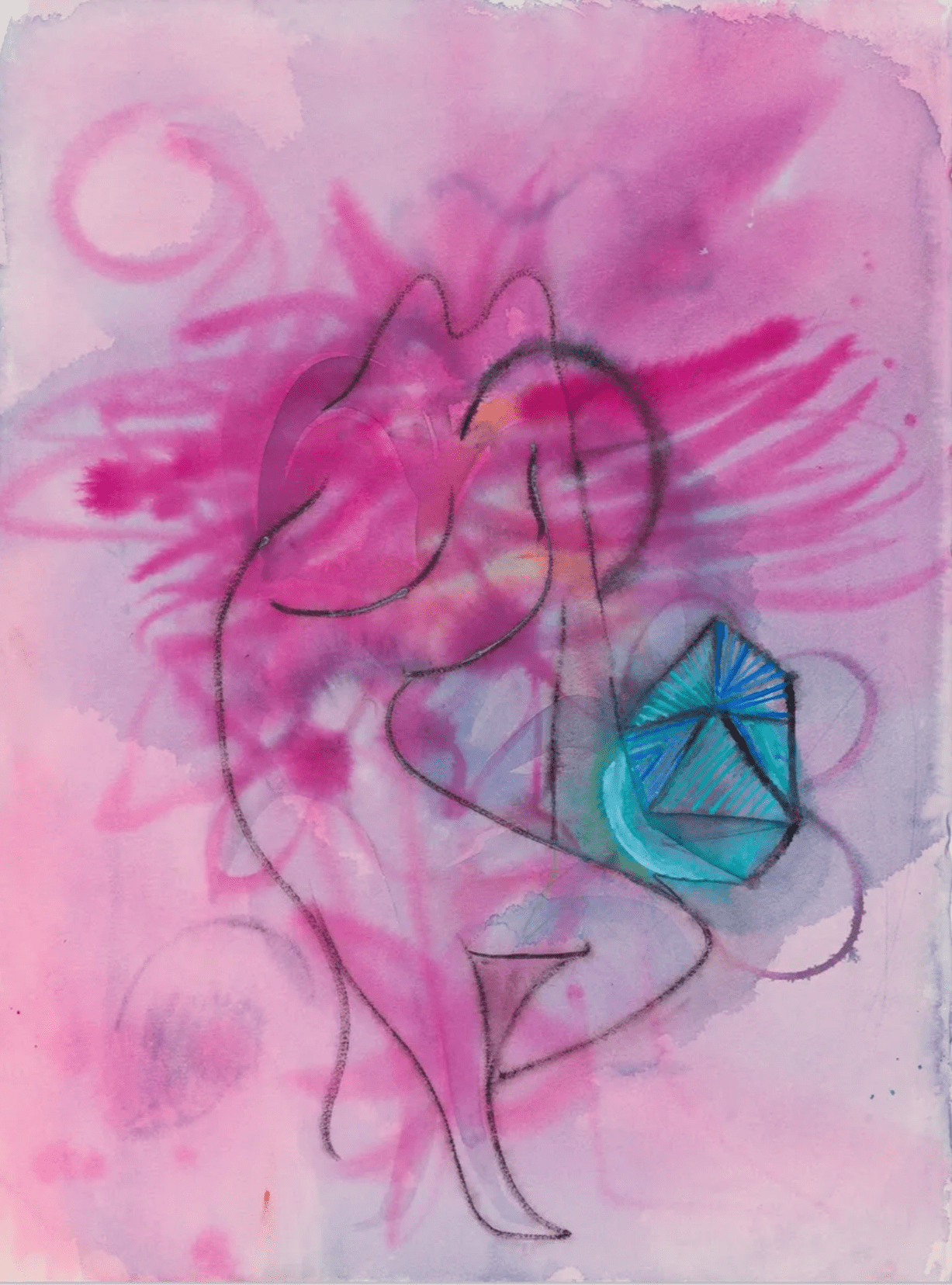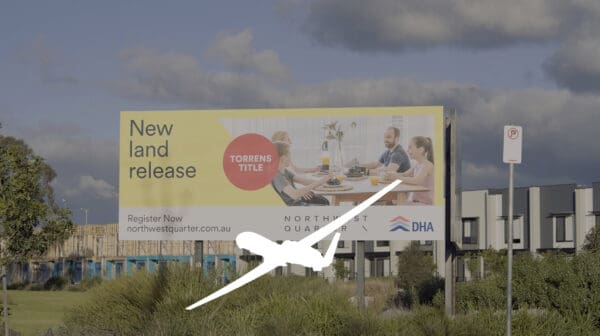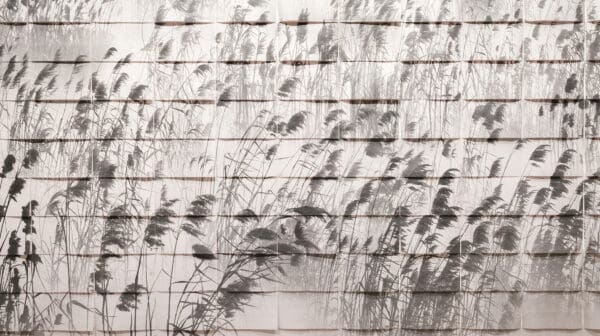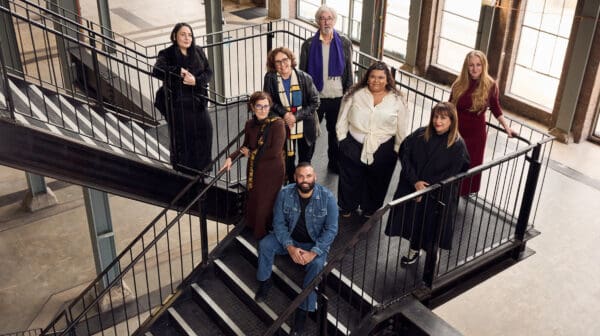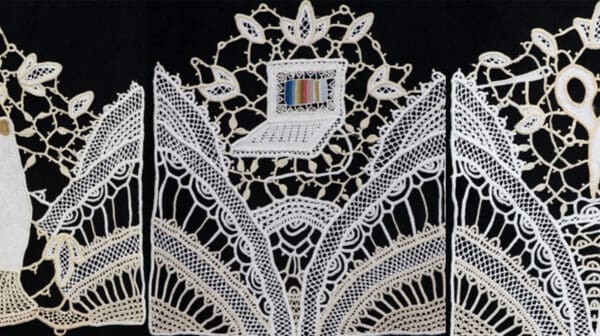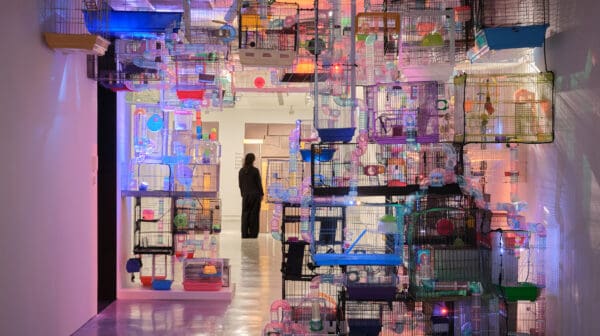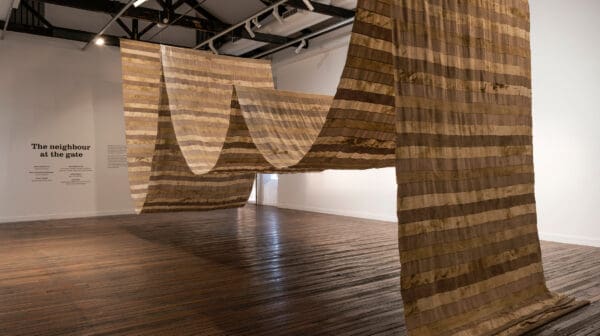Tara Marynowsky’s multidisciplinary practice is something of a cabinet of curiosities. From ghostly apparitions in watercolour and feminine interpolations on vintage postcards, to video works laboriously crafted through scratching 35mm film reels—as in her Coming Attractions series, which manipulated trailers of 90s romcoms—her approach to art making is imbued with a penchant for nostalgia and an unmistakable sense of humour. Ahead of her latest solo exhibition at Edwina Corlette Gallery, we asked Marynowsky 20 quick questions about collecting materials, art and film loves, and making room for surprises.
Describe your practice in seven words?
Figures, moods, faces, cinematic references, histories, creatures.
Your first art love?
Painting. I was obsessed with painting bush flowers and Les Misérables posters when I was about eight or nine. My first real art moment though was at Year Four school camp. Arthur Boyd came for a visit with his art materials—the camp was just up the road from Bundanon on the Shoalhaven River. He painted a landscape in [about] 10 minutes with big sweeping gestures. I was shocked: 10 minutes… Who was this guy? He was the first real artist I had met. I took this photo of him and the gang.
Much of your work involves collecting and collaborating with items from the past. Where do you source your materials and what do you look for?
I’ve worked with music sheets, postcards, record covers, magazine covers and 35mm film reels—I collaborate with them and re-work their story to bring them from past to present. I love working with different textures and finding a new life for the item. eBay shopping is fun, but nothing beats trawling a cheap second-hand store for treasure.
What draws you to investigate a particular collection or archive?
Oddities and otherworldly imagery capture my attention. I’m exploring early spiritual imagery, cartoons, fairy tale illustrations, and animalia for my show. Anything that has a bit of humour is good. A while back, I was really into searching for photos that featured vaudeville stars and costume parties.
What would a typical working day look like for you?
I feel like there’s not a typical one; it’s a juggle. All I know is that they go way too fast. More time please.
When is the best time of day for creating?
I like early morning sessions, a four or five am start when it’s still dark. I do a few hours then come back to it in the afternoon or evening.
How much research is involved in your art making process?
It really depends on the project, but I’m hunting for images every day. My film and video works are more thought-out and researched, but I still like to make room for surprises. I’m not into over-planning, or over-engineering, anything.
Do you have a favourite era of film?
I am back into early film, silents and early trick films. I love how experimental they are. Actors back then went to such extreme lengths. Like Annette Kellerman, for example, who was essentially an underwater star, always cast as a sea creature woman.
If you could collaborate with any artist, dead or alive, who would it be?
David Lynch.
Artists who’ve influenced your work?
It’s a mixed group, and my references are changing all the time, but these artists come to mind right now: Pavel Pepperstein, Odilon Redon, Chris Marker, Albert Tucker, Max Ernst, Tacita Dean, Maria Kozic, Marlene Dumas, Rita Ackermann.
How does your work as a curator inform your practice as an artist?
I try to keep it all separate as much as possible, but it’s hard not to be inspired by the artists and creatives I work with curatorially.
The most interesting thing someone has said to you about your work?
Great question. I liked what Andrew Frost said about my 2017–19 work Coming Attractions in his review of The National: New Australian Art for The Guardian: “The result is amusing but pointed—the pretty woman is erased.” I like that he brings the humour of the work and the aesthetics of the work together in this line.
Best advice you’ve been given about making art?
“See how it plays”. Film director George Miller said this in a documentary about the making of Mad Max Beyond Thunderdome. It’s my go-to line.
Beauty or politics?
Beauty.
Order or chaos?
Slight chaos.
An art experience that’s stuck with you?
Seeing Lessons of the Hour—Frederick Douglass by Isaac Julien at the Memorial Art Gallery of the University of Rochester (USA) in 2019 was an incredible experience. I was so lucky to stumble across it when I was there. His use of multiple screens is divine. It really was a sublime experience—I was there to visit the George Eastman Museum at the time. I also loved Jordan Wolfson’s Body Sculpture at the National Gallery of Australia, and Cecily Brown’s show Death and the Maid at The Met (USA) a few years ago.
A particularly memorable object or collection you’ve encountered through the course of your practice?
I am fascinated by the story and artwork of an Australian-born graphic artist who started out as a magician, Henry Clive (1883–1960), who painted cover girls and pin-ups for American magazines and film posters. He painted the poster art for the classic The Sheik (1921), and glam portraits of lots of famous actors.
Quick advice for young artists?
Gosh, I’m not usually one for dolling out great advice, but maybe stay off Instagram, and travel as much as possible.
What can we expect to see in your solo show Cave at Edwina Corlette Gallery?
Lots of layers and colour, dream-like meetings and moments on paper and canvas using all sorts of mediums: inks, watercolours, acrylic, oils and some found-image works. Life seems more abstract these days, so the work is leaning more in that direction.
Cave
Tara Marynowsky
Edwina Corlette Gallery
(Brisbane/Meanjin QLD)
9—29 July
This article was originally published in the July/August 2025 print edition of Art Guide Australia.

